Clinical Chemistry
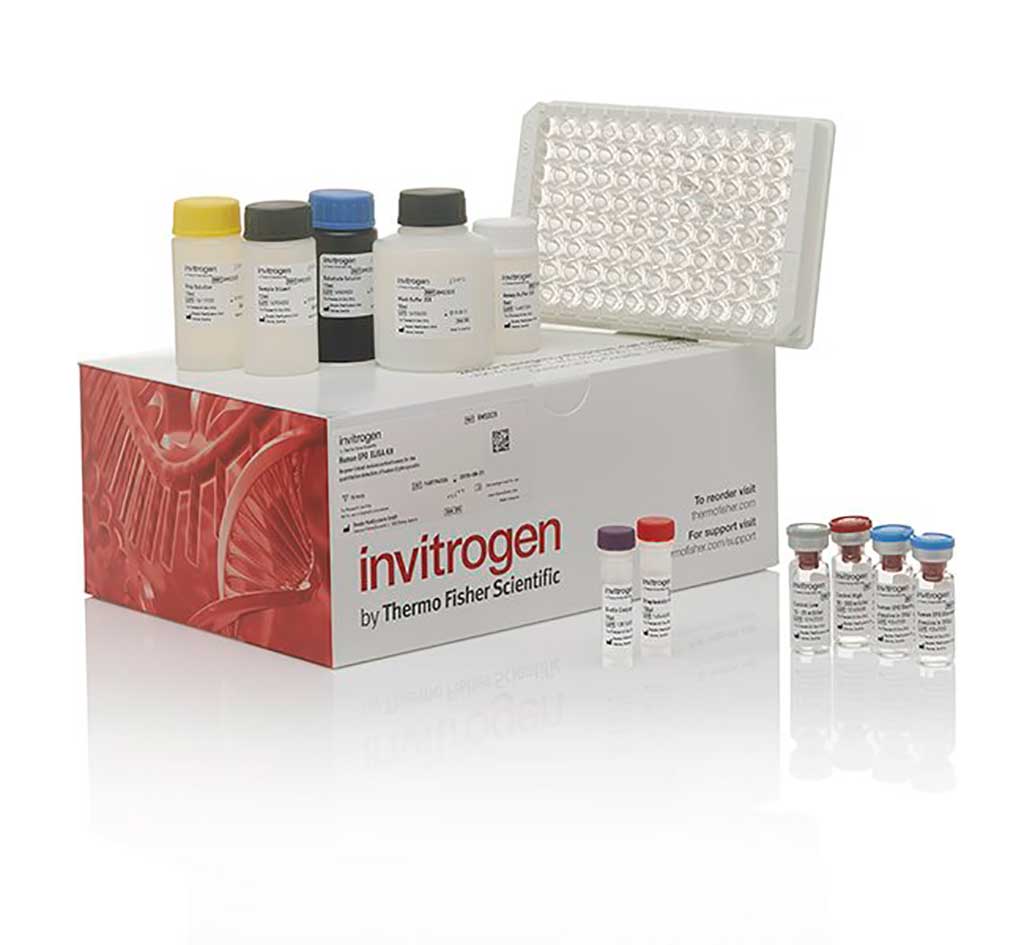
Blood Biomarkers Help Diagnose Parkinson's Disease
The identification of circulating biomarkers that closely correlate with Parkinson’s disease (PD) has failed several times in the past. A conventional pipeline for biomarker discovery usually contemplates the collection of clinical samples, such as blood, and their analysis by mass spectrometry. More...05 May 2020
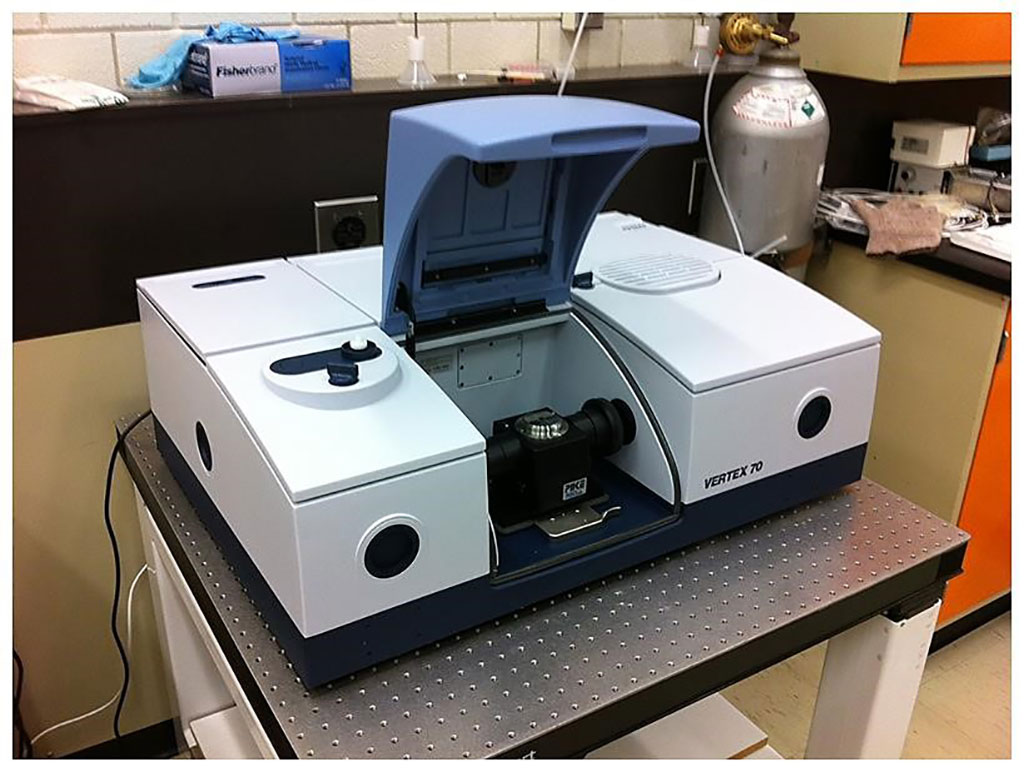
Salivary Molecular Spectroscopy Used to Monitor Diabetes
Diabetes mellitus (DM) is a metabolic disorder characterized by hyperglycemia which results from insufficient secretion and/or reduced insulin action in peripheral tissues. Frequent monitoring of diabetes is essential for improved glucose control and to delay clinical complications related with diabetes. More...28 Apr 2020
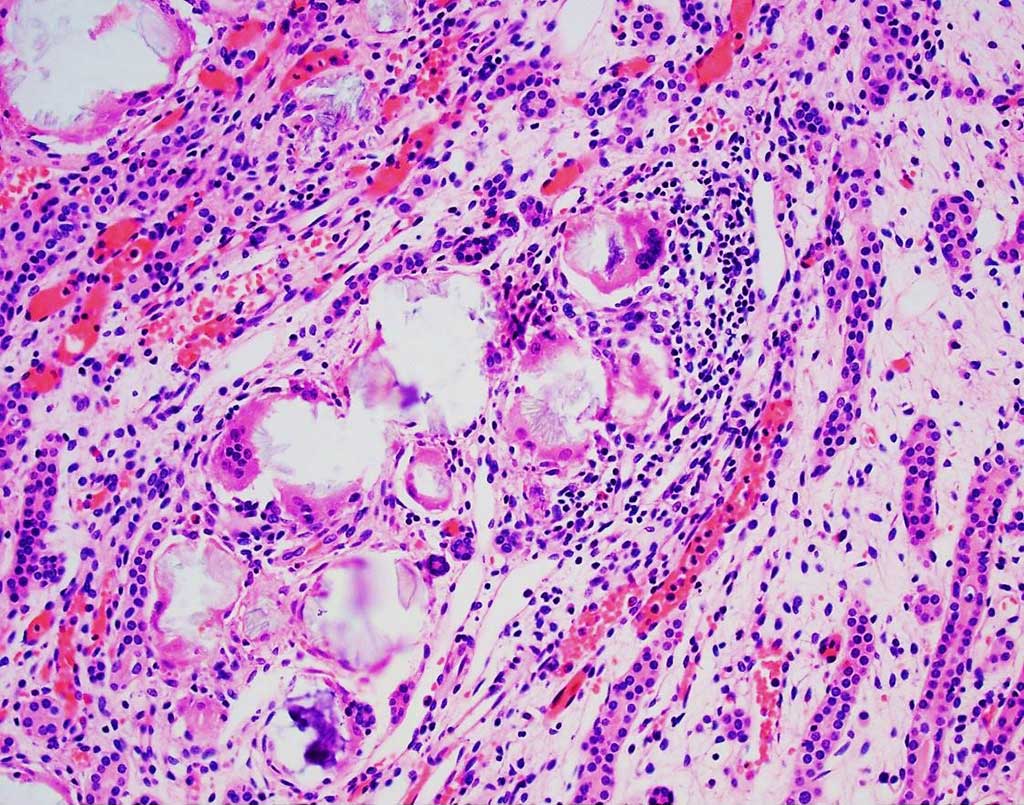
Biomarker Panel Evaluated for Primary Hyperoxaluria Patients
Primary hyperoxaluria (PH) is a group of autosomal recessive disorders characterized by recurrent urinary stones and nephrocalcinosis. Roughly half of PH patients present with advanced chronic kidney disease (CKD) at the time of diagnosis. More...27 Apr 2020
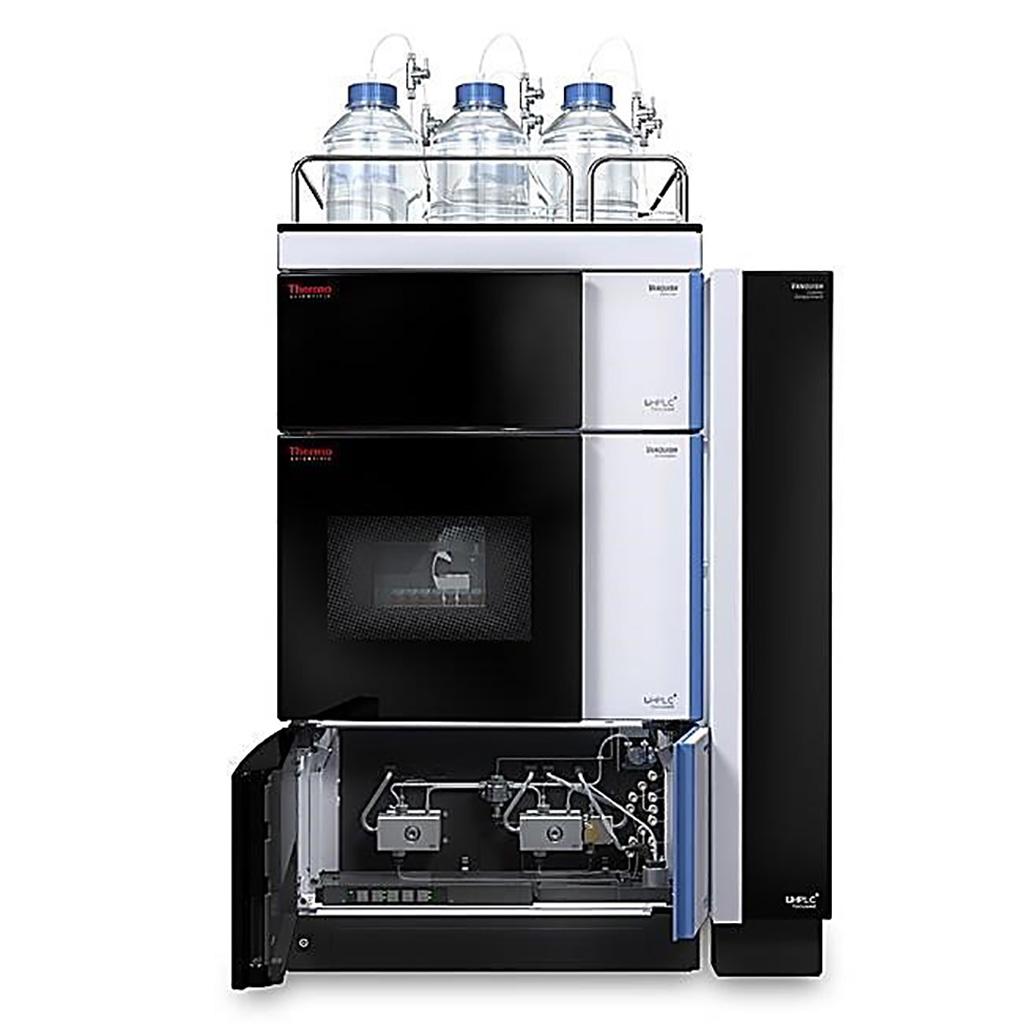
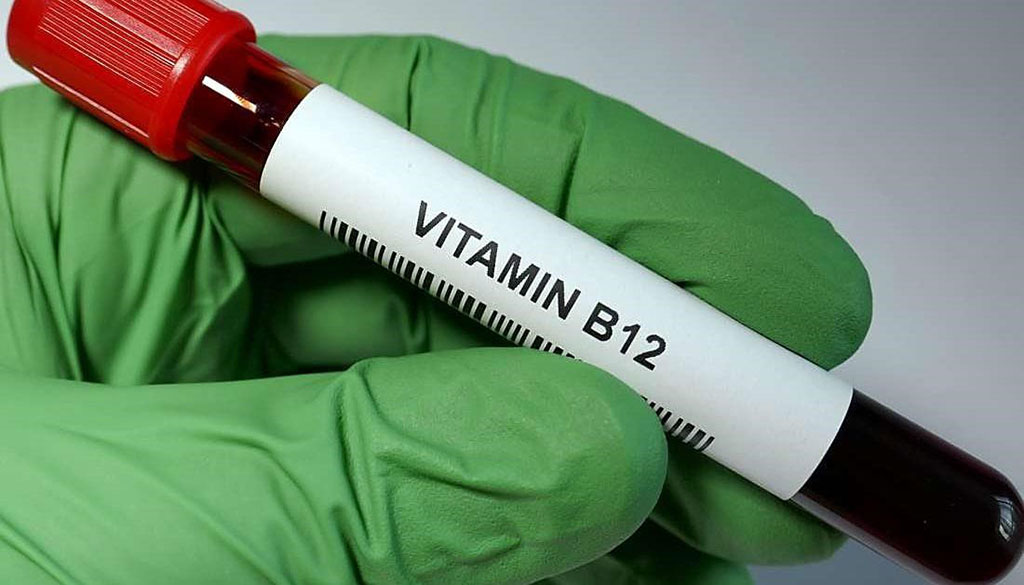
Elevated Vitamin-B12 Level Lowers Risk of Parkinson’s Disease Dementia
Previous studies found that, among people with Parkinson’s, those with cognitive impairment, such as dementia, had significantly lower levels of vitamin B12 in their blood. This suggests the possibility that low vitamin B12 or cobalamin levels predispose certain individuals to dementia. More...15 Apr 2020
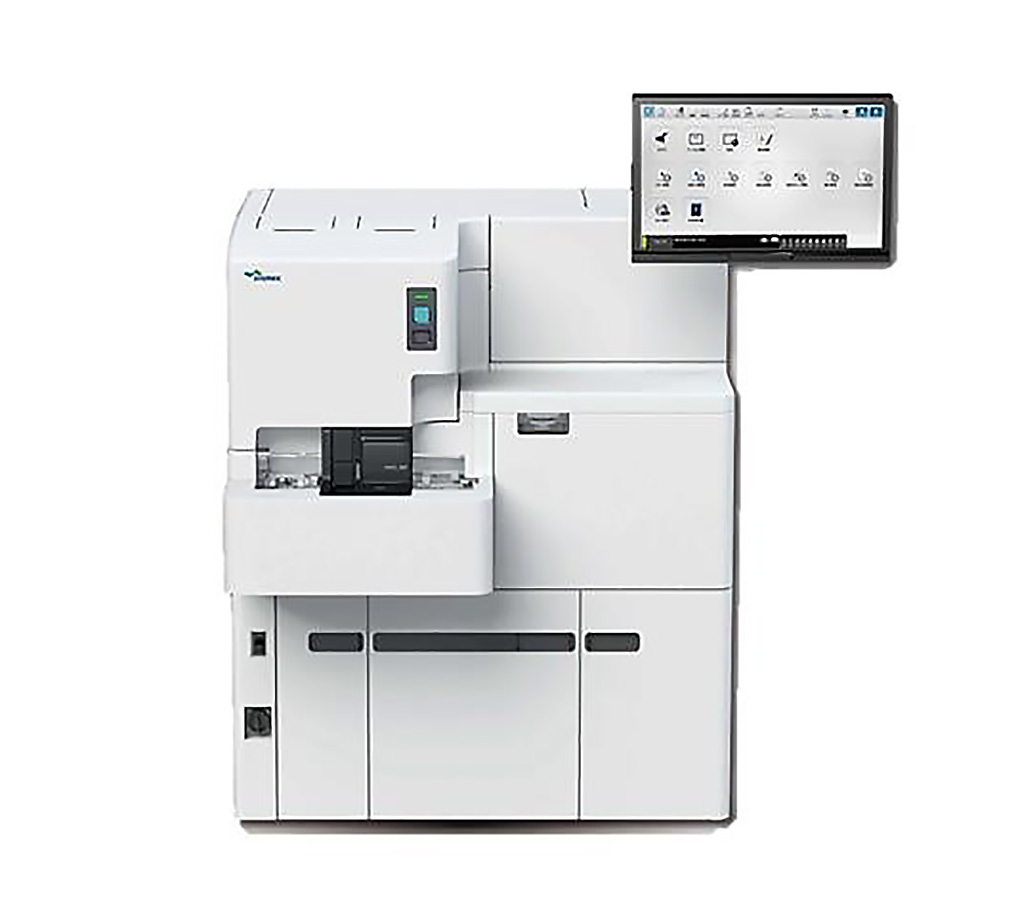
Novel Glycoprotein Biomarker Evaluated for Liver Fibrosis
The main pathological consequence of chronic liver diseases is the continuous deposition of collagen fibers, which causes progressive liver fibrosis, and eventually cirrhosis. Mild‐to‐moderate fibrosis is rarely diagnosed because the disease is asymptomatic in the early stage. More...13 Apr 2020
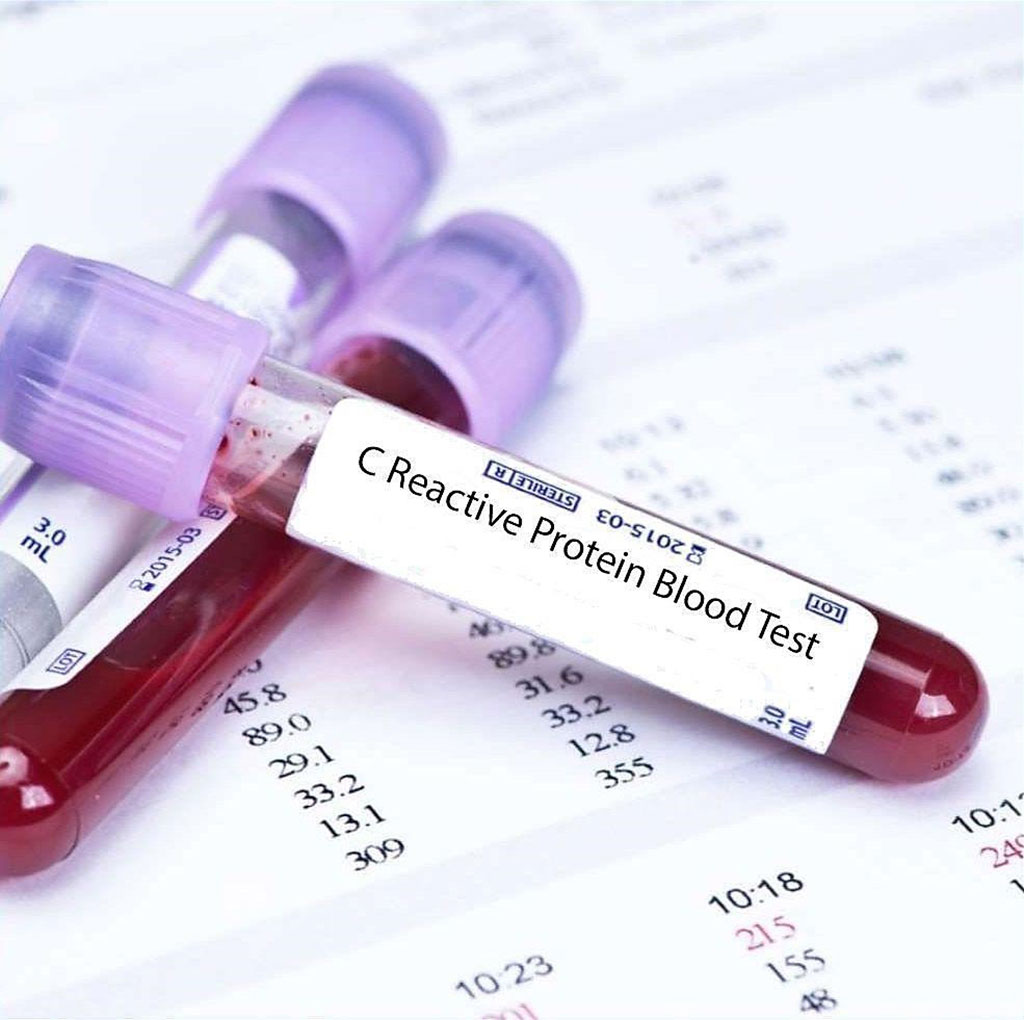
C-Reactive Protein Predicts Neurological Outcomes of Subarachnoid Hemorrhage Patients
Subarachnoid hemorrhage (SAH) is a disease associated with high mortality. Survivors of SAH may manifest severe neurological deficits. In patients with SAH, early brain injury or delayed cerebral ischemia (DCI) is associated with poor outcomes. More...07 Apr 2020
In Other News
Novel Method Developed to Estimate LDL Particle Size
Factors Associated with ARDS in COVID-19 Identified
Higher Tenascin-C Levels Associated with Cardiovascular Disease
Kidney Disease Reveals DNA Variants Associated with Diabetic Nephropathy
Serial Procalcitonin Measurements Utilized in Hospitalized Community-Acquired Pneumonia
Endothelial Function Biomarker Improves Sepsis Patients Risk Stratification
Adiponectin Linked to Cancer Risk in Diabetes
Altered Glycosylation Associated with Dedifferentiation of Hepatocellular Carcinoma
Noninvasive Urine Test Developed for Prostate Cancer
Predictors Evaluated for Microalbuminuria in Type 2 Diabetes
Automated Enzymatic Method Quantifies Pyruvate Kinase in Erythrocytes
Regular Thyroid Testing Recommended Regardless of Diabetes Type
Glucose Point-of-Care Measurements Evaluated for Gestational Diabetes
Low Folate Levels Can Indicate Malnutrition in Hospital Patients
Monogenic Hypercholesterolemia Increases Cardiovascular Disease Risk
Proenkephalin Assesses True Glomerular Filtration Rate Accurately
Blood Biomarkers Associated with Acute Sport-Related Concussion
Genetic Risk Factors Found in Gestational Diabetes
Technology Discriminates Parkinson’s Disease from Multiple System Atrophy
Glycemic Markers Influenced by Chronic Kidney Disease
Islet Autoantibody Screening Reveal Pediatric Type 1 Diabetes Risk
D‐dimer Levels Predict Ischemic Stroke in Infective Endocarditis
Optical Biosensor Reduces Time for Sepsis Diagnosis
The Clinical Chemistry channel updates the reader on tests, techniques, and research in the field - from routine assays to specialized tests on blood, urine, enzymes, lipids, hormones and more.










 (3) (1).png)
